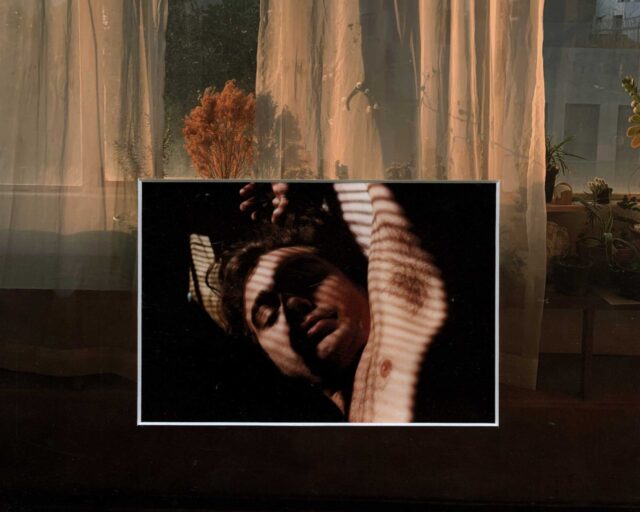The Photographer Who Spins Black Girls’ Lives into Gold
Nydia Blas, Group #2, 2016, from the series The Girls Who Spun Gold
As a Black woman born and raised in Ithaca, New York, Nydia Blas has long been accustomed to carving out space in a predominantly white city, seeing a “magical outlook” as a necessary tool for resilience. At the age of eighteen, she started college as a single mother, and she used whatever was at her disposal to make work, without the luxury of time or a dedicated studio. While her images were often misunderstood or misinterpreted by the predominantly white male faculty, she never stopped creating, because she knew she needed to express her voice. It was exactly this mentality that led to her acclaimed series The Girls Who Spun Gold, which was born out of the conversations and collaborative creativity shared by members of the Girl Empowerment Group that Blas set up as a means of supporting young women of color in Ithaca.
In 2019, Blas took a teaching position at Spelman College in Atlanta, a move that marked a turning point in her life. “Atlanta is a super-magical space,” she says. “I am surrounded by Black folks every day, which is completely different to where I’m from.” She admits that her preconceptions of the South meant she never imagined she would end up moving there. “I saw it as this horrific place where all these terrible things happened, in terms of the European acts of African slavery,” she adds. “Enslaved Africans used the stars to escape to the North.”
Blas explores these contradictions—and the significance of the stars—in her new series The Souls of Black Folk. The name is taken from W. E. B. Du Bois’s influential 1903 essay that explores the notion of “double consciousness,” in which being African American is to be “looking at one’s self through the eyes of others.” Turning her lens on her family, Blas sought to understand the new and unfamiliar city of Atlanta through them. The ensuing images include intimate portraits of her relatives adorned in gold or bathed in red light, interspersed with visions of the night sky and the natural beauty surrounding their new home.

In one scene, Blas’s stepson sits with his eyes closed, wearing what appears to be a gilded cape. “It is actually a tree skirt,” Blas explains. “It immediately seemed very space-like to me, and I related it to the costumes worn by Sun Ra, and these ideas of Afrofuturism. My work is temporal and a reflection of what I’m thinking about and how I feel at the time. That photo sums up how I was feeling about Atlanta.”
The allure of gold has been an ongoing concern for Blas. It has made its way into a number of her pictures, from iridescent clothing to metallic liquid spread across the skin. She first began using gold glitter while an undergraduate, as a way to cover the bodies of victims in photographs of lynchings. For Blas, it was a way of countering the violence and “returning the bodies to a state of value, which had been taken away,” while simultaneously engaging with the spiritual qualities and gaudy artifice of the material. As she explains, “value is a fallacy itself, because our value changes depending on our setting and for whose use.”
For Blas, this idea of desirability and utility is linked to the experiences of Black women, who have so often found their voices undervalued and overlooked. When she first exhibited The Girls Who Spun Gold, for example, she was taken aback by the response: “The project felt so personal, and yet it resonated with so many people around the world, who felt that they were in a space where they were excluded.”

Although Blas photographs a multitude of subjects, she attests that Black women remain at the heart of her work. “I have always been surrounded by amazing women. I was raised a lot by my great-aunt Beverly, and she introduced me to so many things that are intrinsic to my practice today, like having access to pictures of our family at her home,” she adds. “Just being able to see photographs of my ancestors had a big impact on me.”
In creating her own images, Blas is forging a sense of belonging and community that extends far beyond herself and her camera lens, even in the most trying circumstances, including going through a divorce. “The Souls of Black Folk sees me turning the camera on my husband, my stepson, and my daughter, yet now I need to figure out how to talk about the work,” she says. “Even though I’m going through this tough period, I have now had more time to connect with and support the girls featured in The Girls Who Spun Gold. This space is now open in my life to give back to them.”

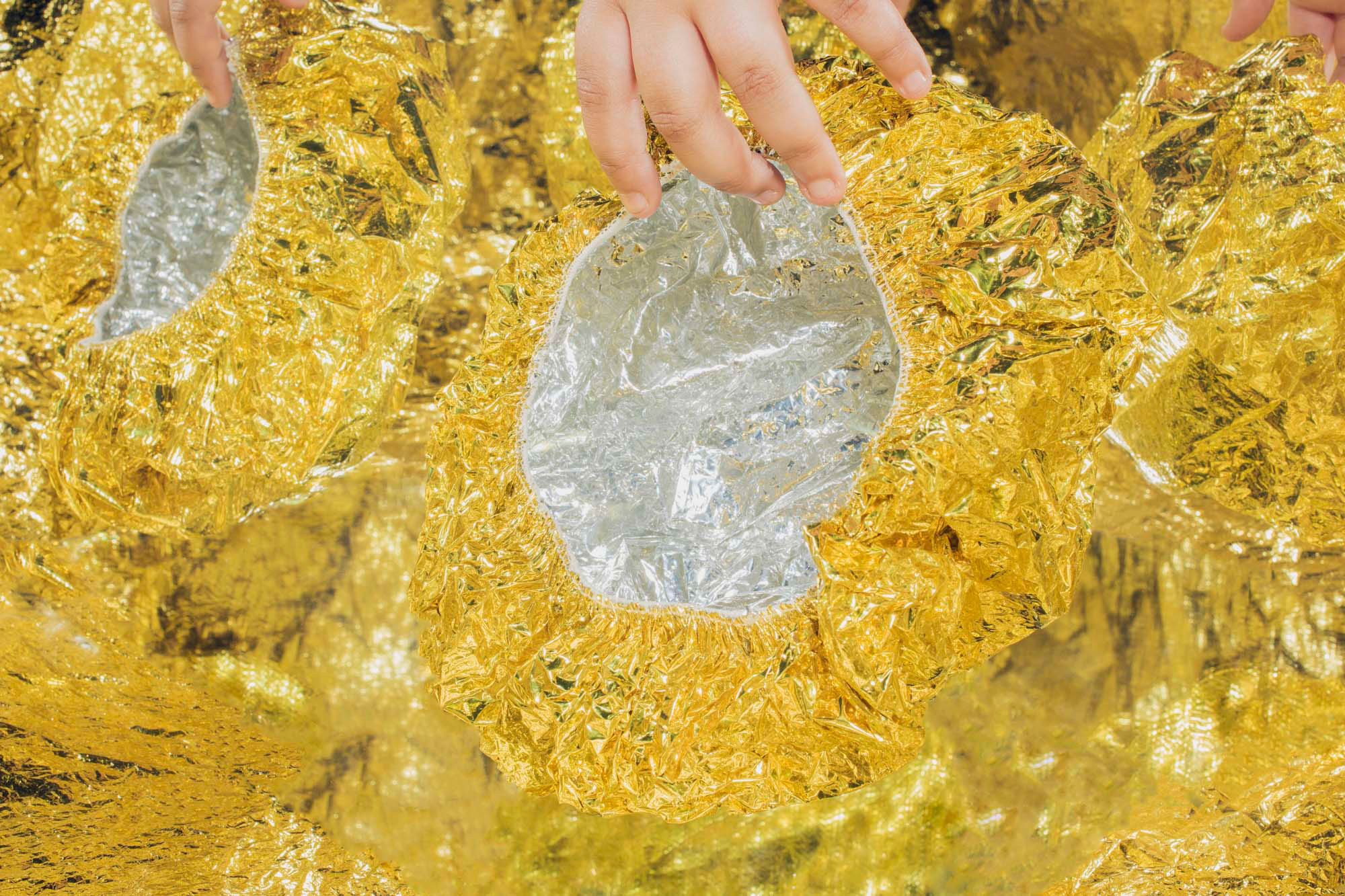

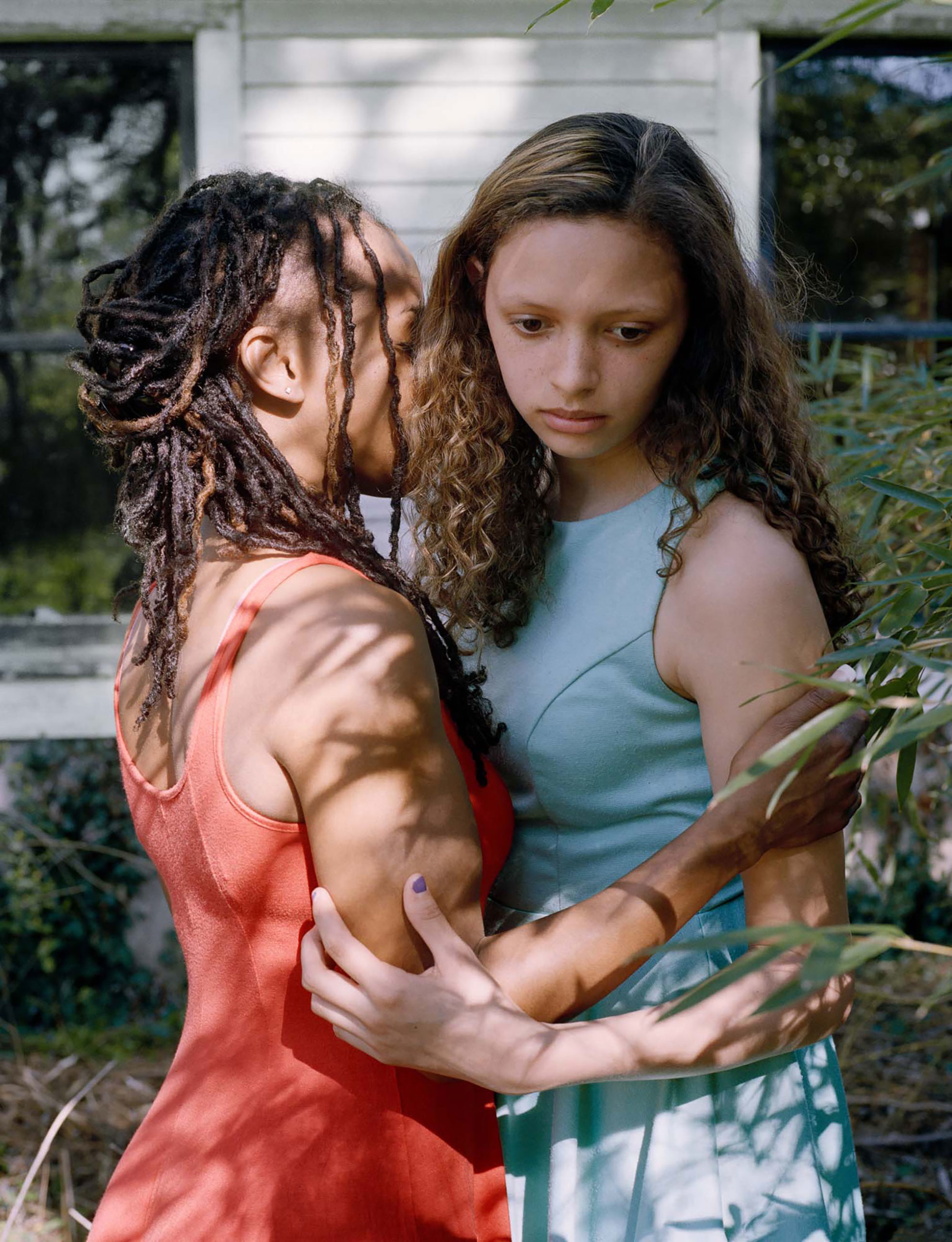
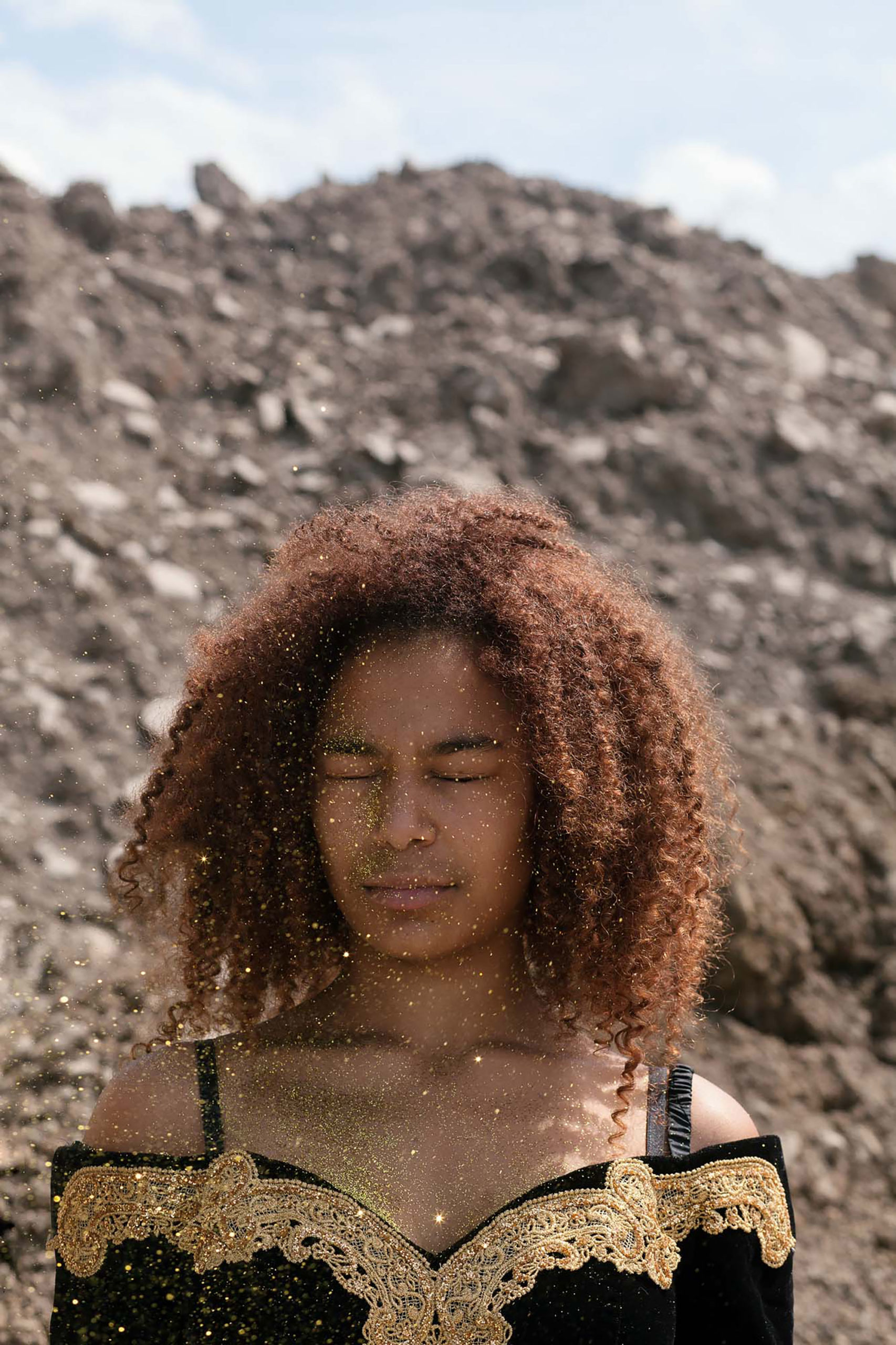
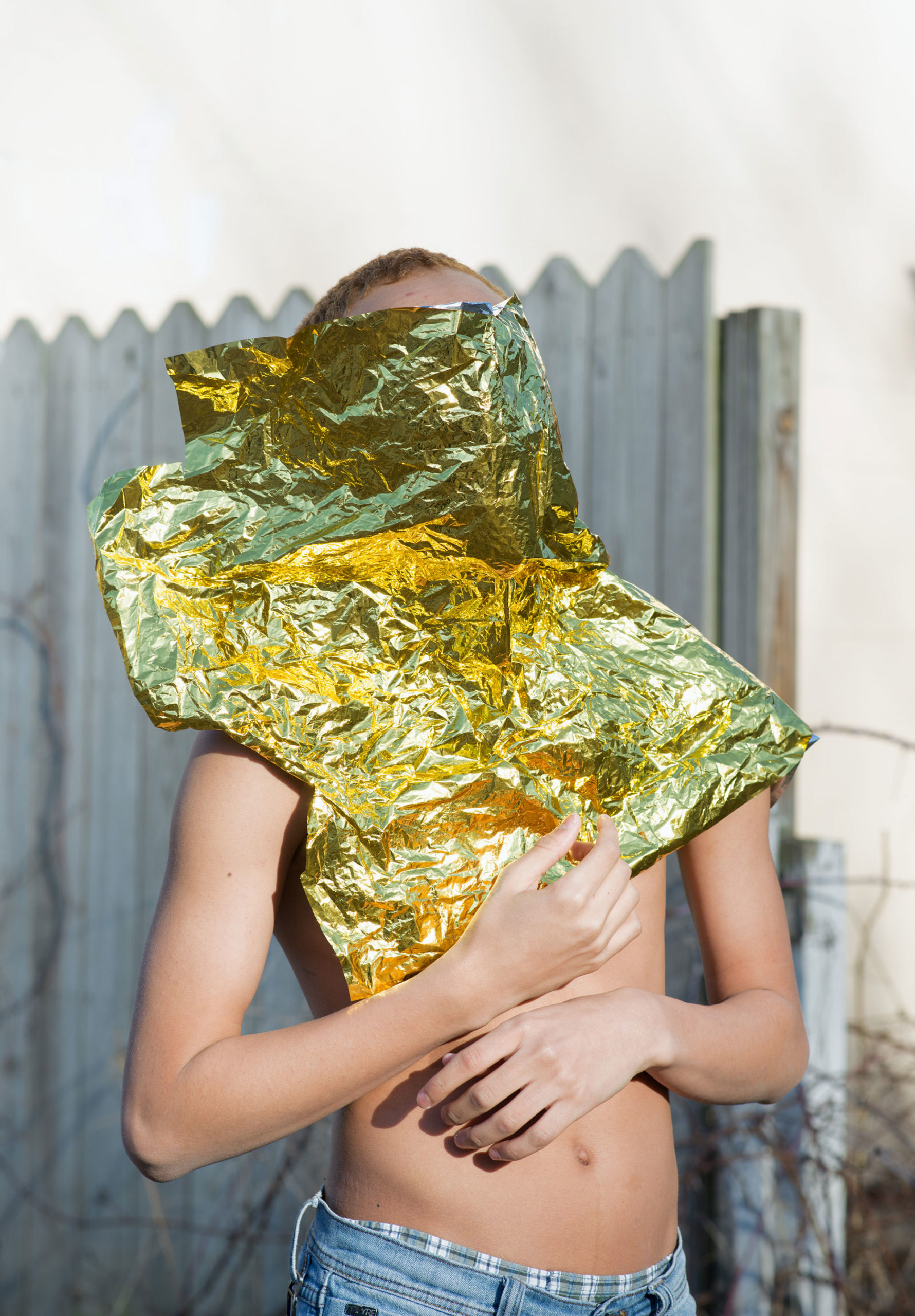
All images courtesy the artist
Read more from our series “Introducing,” which highlights exciting new voices in photography.












